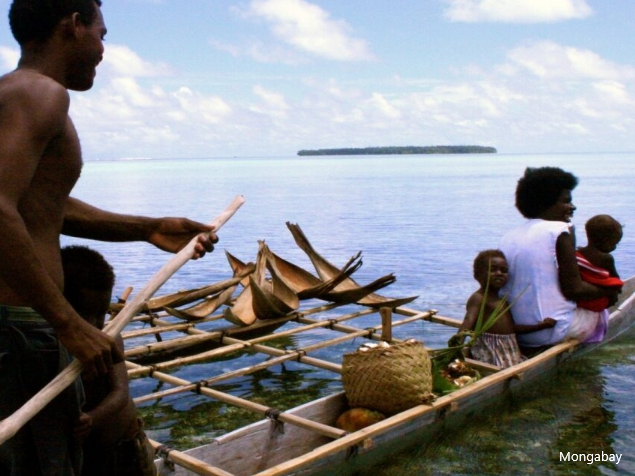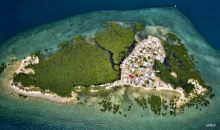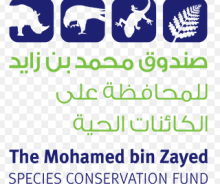
he climate is changing, science shows. And according to some estimates, it could create anywhere between 200 million and 1.2 billion climate refugees by 2050. As people flee floods, failed harvests, dried rivers or destroyed homes, what becomes of the ecosystems they leave behind? Of the wildlife, trees and endemic species?
In the southwestern Pacific, people are bringing much of this biodiversity along with them. The residents of the Carteret Islands in Papua New Guinea are responding to climate threats by moving not only themselves to safer ground — but also the plants and trees that sustain their way of life. In their move, they have transplanted hundreds of specimens, representing dozens of species, across a small stretch of ocean.
“We’re not just leaving. We’re trying to bring a part of our islands with us,” says Maria Kamin, who left the Carteret Islands to relocate with other families in response to rising sea levels. They’ve moved to Bougainville, another island part of the country.









